Song of the Thin Man

Brief Synopsis
Cast & Crew
Edward Buzzell
William Powell
Myrna Loy
Keenan Wynn
Dean Stockwell
Philip Reed
Film Details
Technical Specs

Synopsis
Detective Nick Charles, and his wealthy wife Nora are among the New York sophisticates attending a society benefit on board Phil Orval Brandt's gambling ship the S.S. Fortune . Performing at the party is a jazz band comprised of clarinetist Buddy Hollis, sultry singer Fran Ledue Page, bandleader Tommy Eldon Drake and Clarence "Clinker" Krause. During the festivities, Drake announces that he is quitting the band to tour dance halls, and that he has signed on with band booker Mitchell Talbin. When gambler Al Amboy refuses to pay Drake some money he owes him, Drake asks Mitch to advance him $12,000. Later in the evening, Drake enters Phil's office and is shot and killed by a mysterious gunman. Nick and Nora learn about the murder the following day when Phil and his new wife, Janet Thayar, visit them at their apartment. Phil and Janet deny newspaper stories claiming that they were the last two people seen with Drake, and only minutes after they ask Nick and Nora to help them clear their names, a gunshot rings out in the hallway and a bullet almost strikes Phil. When the police arrive, Nora tries to hide Phil and Janet, but Nick turns Phil over to the police, knowing that Phil will be safer in police custody. Later in the day, Nick takes his dog, Asta, and sneaks onto the Fortune to search for clues to the murder. On board the ship, Nick finds the remaining members of Drake's band, who explain that Drake was despised by many and that Buddy might have hated Drake enough to kill him. When Nick determines that the bullet that killed Drake was fired from an antique gun, he and Nora visit Janet and her father, David I. Thayar, a well-known collector of antiques. Nick notices that one gun is missing from David's gun collection, and David tells him that Phil had the missing gun the night of the murder. Janet contradicts her father's claim and accuses him of lying, but her protest is interrupted when she receives a mysterious telephone call. After writing down an address on a pad of paper, Janet leaves the house in a hurry. Nick is able to make out the address from the impression made on the next page of the pad, and he and Nora follow Janet to her destination. The address leads Nick and Nora to an apartment in which they find Fran's recently stabbed body. Janet enters the apartment seconds after Nick and Nora and tells them that Fran had summoned her there to offer her information that would help her prove Phil's innocence. A clue found in Fran's apartment leads Nick and Nora to Poughkeepsie, where they discover Buddy in a rest home, recuperating from a trauma. When Buddy refuses to talk to Nick, Nora visits the rest home alone, hoping that Buddy will associate her with Fran, whom he loved, and agree to speak with her. During the visit, however, Buddy angrily accuses Nora of spying on him and, in his tirade, boasts that he killed Drake. Buddy then fires a gun at Nora but the shot misses her and she narrowly escapes injury. Despite Buddy's confession, Nick does not believe that he is the killer, and instead concludes that the murder weapon was planted on Buddy by the real killer. Nick also deduces that Fran was murdered because she knew who killed Drake. When Nick and Nora return to New York, Nick sets a trap for the killer by re-opening the Fortune and throwing a party on it. Phil, who has been released from jail, and Buddy, whose mental state has improved, are among the many guests attending the party. Also in attendance are Mitch and his wife Phyllis and Al and Helen Amboy. During the festivities, Nick asks Buddy to tell the guests how the gun was planted on him. As Buddy surveys the group looking for the culprit, Mitch breaks down and confesses to killing Drake because of an affair that he and Phyllis were having. He also confesses to shooting Fran. In a desperate moment, Mitch pulls out his gun, but Phyllis shoots him first and kills him.

Director
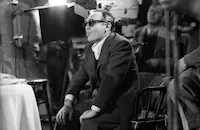
Edward Buzzell
Cast

William Powell

Myrna Loy

Keenan Wynn

Dean Stockwell

Philip Reed

Patricia Morison
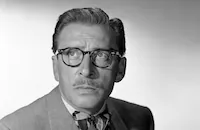
Leon Ames

Gloria Grahame
Jayne Meadows

Ralph Morgan
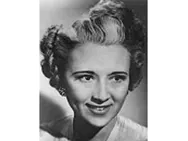
Bess Flowers

Don Taylor
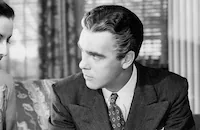
Warner Anderson
Bruce Cowling

Connie Gilchrist
Henry Nemo
William Bishop

Marie Windsor

James Burke
Tom Trout
Tom Dugan
John Sheehan
Lennie Bremen
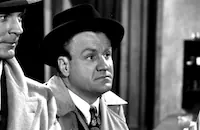
Lyle Latell
Eddie Simms
Jimmy O'gatty
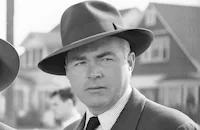
James Flavin
Bill Harbach
George Anderson
Donald Kerr
Alan Bridge
Esther Howard
Harry Burns
William Roberts
Clarke Hardwicke
Henry Sylvester
Matt Mchugh

Clinton Sundberg

Gregg Barton
Earle Hodgins
Howard Negley
George Sorel
Charles Sullivan

Robert Strickland
Jeffrey Sayre
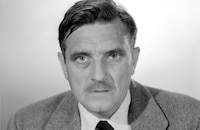
Morris Ankrum
Maria San Marco
Jerry Fragnol
George Chan
Asta Ii
Crew
Shirley Barker
Robert Barnes
Jerry Bergman
Harry Crane
Jack Dawn
Randall Duell
Steve Fisher
Cedric Gibbons
Sydney Guilaroff
Irene
Herb Magidson
Harry Nemo
James O'hanlon
Ben Oakland
Nat Perrin
Nat Perrin
Stanley Roberts
Charles Rosher
Gene Ruggiero
Douglas Shearer
Frederick Y. Smith
David Snell
Alfred E. Spencer
Edwin B. Willis

Videos
Movie Clip




Trailer
Film Details
Technical Specs

Articles
Song of the Thin Man
Loy, who began her career playing a variety of mysterious Asian exotic characters, hit her career stride as the no-nonsense, witty Nora - a perfect foil to Powell's suave, cocktail-swilling Nick. Off screen, the couple's relationship was purely platonic, each holding the other in the highest regard; Loy once declared, "I never enjoyed my work more than when I worked with William Powell. He was a brilliant actor, a delightful companion, a great friend and above all, a true gentleman." As Nora, Loy was dubbed "The Perfect Wife", a label she admittedly struggled with. As she explained, "It was a role no one could live up to, really. No telling where my career would have gone if they hadn't hung that title on me. Labels limit you, because they limit your possibilities. But that's how they think in Hollywood." Still, Loy managed to make the best of her screen opportunities: her starring role in The Best Years of Our Lives (1946) cemented her popularity, and she enjoyed a career spanning over fifty years. In 1991, she was awarded with an honorary Oscar® for career achievement. It was pointless to try to stop the Nora juggernaut anyway: "Men-Must-Marry-Myrna" clubs popped up all over America, professing their devotion to the character, and her profile was the most requested by women to their plastic surgeons during the 1930's. In 1936, she was voted "Queen of the Movies" by twenty million fans. . . her king, however, was Clark Gable!
The sixth installment of the Thin Man franchise has Nick and Nora trying to solve the murder of a bandleader on a gambling ship. Director Edward Buzzell took the reins of the production, having cut his teeth on a couple of Marx Brothers films, At the Circus (1939) and Go West (1940). Consummate character actor Keenan Wynn was cast as a hipster musician; the son of Broadway and radio star Ed, the younger Wynn was content to play second fiddle in films (though in Song of the Thin Man he plays clarinet): "My billing has always been: 'and' or 'with' or 'including'. That's all right. Let the stars take the blame." An eleven-year-old Dean Stockwell appears as Nick Junior; one of the few actors to successfully negotiate a transition from child to adult actor, Stockwell found later success in David Lynch's Blue Velvet (1986) and Jonathan Demme's Married to the Mob (1988). Gloria Grahame, arguably the greatest example of the on-screen femme fatale, was cast as a sultry nightclub singer - being tone-deaf, however, she was ultimately dubbed over. The visual, however, was striking: her gold-lame outfit was stunningly sleek, but almost pushed to the limit. From the biography Suicide Blonde: The Life of Gloria Grahame by Vincent Curcio: "During an interview break from Song of the Thin Man, while wearing the aforementioned gold lame outfit, she topped off 'a solid lunch' with two bowls of bananas and cream. Interviewer Myrtle Gebhart noted that she 'had to be a little careful how she sat or gestured, for fear her luscious loveliness might pour out through a seam.' Small wonder." Ralph Morgan, brother of Frank Morgan (of Wizard of Oz [1939] fame), and Jayne Meadows, later to be Mrs. Steve Allen, also appeared in supporting roles.
Despite the large amount of talent in the film, the material was stretched thin after five movies. In her autobiography Myrna Loy: Being and Becoming, co-written by James Kotsilibas-Davis, she decreed, "Song of the Thin Man was a lackluster finish to a great series. I hated it. The Characters had lost their sparkle for Bill and me, and the people who knew what it was all about were no longer involved. Woody Van Dyke was dead. Dashiell Hammett and Hunt Stromberg had gone elsewhere. The Hacketts were writing other things. Surprisingly, though, [it] was pretty well received, particularly in England, where, according to the Hollywood Reporter, 'Most of the cricks gave a cordial welcome to old-timers Bill Powell and Myrna Loy. . . .' I know that only because Bill sent me the article with 'old-timers' circled in pencil and this note scrawled at the top of the page: 'Dear old girl! I know you wouldn't want to miss this! Love, Willy (old boy)."
In her personal life, Loy defied the "The Perfect Wife" label with four marriages and four divorces. On the screen, though, she nailed it. Director Alan Pakula perhaps best explains her ageless mystique: "In the Powell-Loy pictures, the relationship between those two was as deep and as alive and as true as in any complicated story about a marriage I think you can have. And she was a working, collaborative wife. To young guys today, that's the fantasy American woman. They want to marry bright women with minds of their own, careers of their own, wit, sexuality. Women who are a match. Myrna always had that. At the same time you always felt she really cared about her man in some very simple way."
Producer: Nat Perrin
Director: Edward Buzzell
Screenplay: Stanley Roberts (story), Steve Fisher, Nat Perrin, James O'Hanlon, Harry Crane
Cinematography: Charles Rosher
Film Editing: Gene Ruggiero
Art Direction: Randall Duell, Cedric Gibbons
Music: Ben Oakland, David Snell
Cast: William Powell (Nick Charles), Myrna Loy (Nora Charles), Keenan Wynn (Clarence Krause), Dean Stockwell (Nick Charles, Jr.), Philip Reed (Bandleader Tommy Drake), Patricia Morison (Phyllis Talbin).
BW-87m. Closed captioning.
by Eleanor Quin
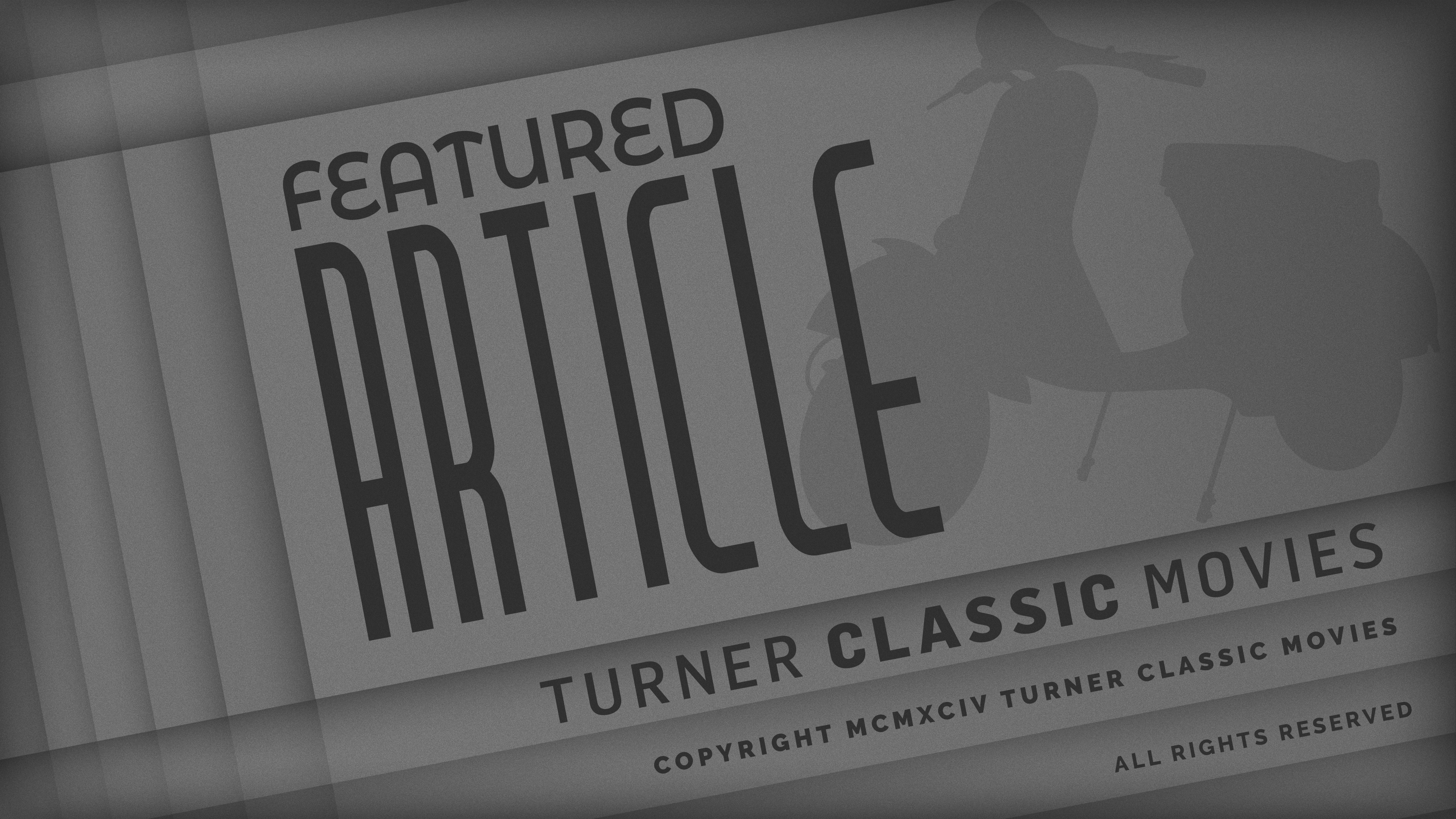
Song of the Thin Man
Quotes
Trivia
Notes
This film was the sixth and last in M-G-M's "The Thin Man" series and was Myrna Loy's last film at M-G-M, where she had made most of her pictures since the early 1930s. In her autobiography, Myrna Loy stated that she "hated" the film, calling it "a lackluster finish to a great series." The film was also the last picture of many that co-starred Loy and William Powell, although Loy made a brief cameo in Powell's 1947 picture, The Senator Was Indiscreet. For more information on the series, please consult the Series Index and see the entry for The Thin Man in AFI Catalog of Feature Films, 1931-40; F3.4572.















